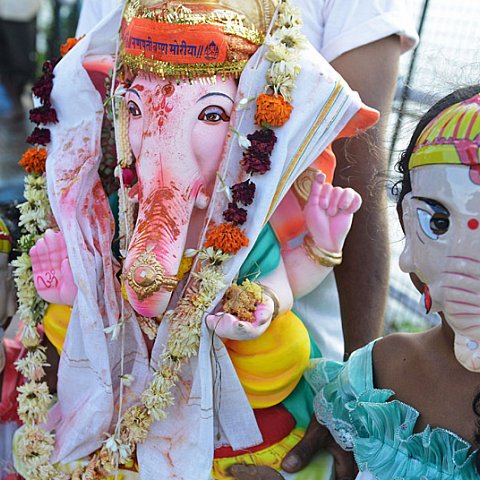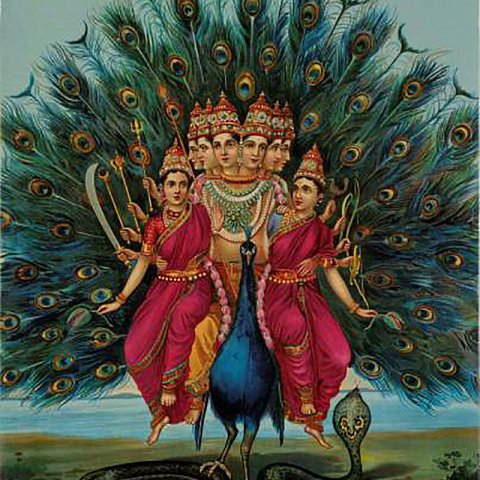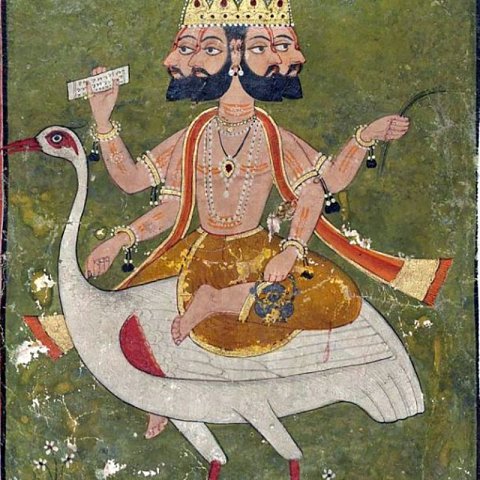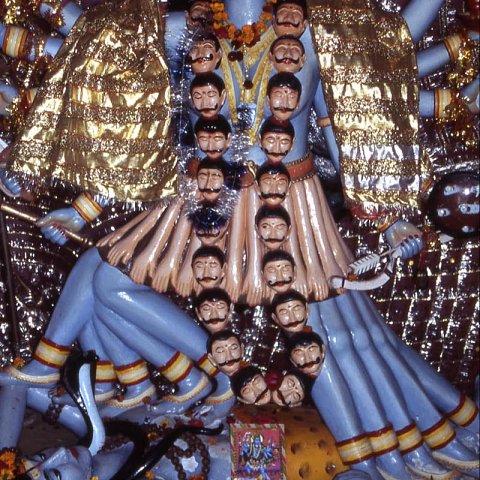The headline that is getting people talking informs us that the world’s first full body transplant – or looked at the other way, the sewing of one person’s head onto another person’s body – could take place in just a couple of years.
This science-fiction nightmare is being predicted by a controversial surgeon called Sergio Canavero, from the Advanced Neuromodulation Group, based in the normally conservative northern Italian city of Turin. Advanced neuromodulation, indeed. According to a recent report in the New Scientist, the justification for such a Frankesteinian enterprise is that it would benefit those unfortunates whose bodies are riddled with cancer or whose nerves and muscles have withered away through debilitating diseases. Well, perhaps, but one can’t help sensing a Faustian hubris raising its ugly head here.
A trial head graft did take place in America 1970, involving two macaque monkeys. There was no attempt to join the spinal cord onto the new head, which would of course be necessary in any serious attempt with humans, so the miserable creature lived a mere nine days until its immune system rejected its strange new appendage. The scientific community is sceptical about the possibility, and of course the moral and ethical considerations are mind-boggling. Canavero is aware of these, writing matter-of-factly a couple of years ago that “the chimera would carry the mind of the recipient but should he or she reproduce, the offspring would carry the genetic inheritance of the donor”. Well, that’s all right then.
Canavero is upbeat though. Whenever he gets the go-ahead, it’ll take a couple of years to organise the surgical team and hey presto – new heads for old. As he says “I think we are now at a point when the technical aspects are all feasible. If society doesn’t want it, I won’t do it. But if people don’t want it in the US or Europe, that doesn’t mean it won’t be done somewhere else”.
For a start, how about in India? After all, one way and another, the subcontinent has a head start in the matter of multiple heads. Many of the deities have two or three or more, while the chief baddie in the national Ramayana epic, the lusty demon-king Ravana, has no less than ten. Each time one is cut off, another springs up in its place, making him a formidable foe. Mother Kali also has a ten-headed form when she gets into a strop, which is not an infrequent occurrence, and into the bargain she wears a necklace made out of the severed heads of her victims. One of Vishnu’s major incarnations, Narasingha, has a lion’s head on a man’s body, while in one of his minor ones, a character called Hayagriva, a horse’s head sits atop a human form.
Head-transplants too are nothing new here. In ancient Indian folklore, the beautiful Sita is in love both with her husband Shridaman and his hunky friend Nanda. It is the age-old story of brains versus beefcake. While Shridaman is a smart intellectual but a bit of a wimp physically, Nanda is pretty empty-headed but very well endowed with rippling muscles further south. The gods intervene – of course – and the two mens’ heads get switched, which has poor Sita out of her mind as she can’t work out which of her blokes is which.
And then, last but not least, there is Ganesh of course, the God of Good Beginnings, most beloved of the Hindu deities and pretty popular with Westerners too. For all his strange appearance – elephant’s head transplanted on top of the plumpy body of a child – Ganesh is a captivator of hearts and minds. Perhaps it’s because he is the Remover of Obstacles, perhaps because he is naughty and unpredictable like a little boy. His pachyderm head was grafted onto his body when his human one was blasted off by his irate father Lord Shiva. Why? Because he would not grant the great god entrance to the bathroom where his beloved mother Parvati was taking her bath. Hmmm, plenty of Freudian material there to get one’s teeth into...
So, in his enthusiasm to dish out new ones, has our good Doctor Canavero lost his own head? Well, we mustn’t get ahead of ourselves in judging him, as all this may be a bit too much neuromodulation for even him. The ancients had a good phrase: nomen est omen, which means that the name tells you a lot about the person, so can our scalpel-wielding Canavero’s monicker give us a clue to his ultimate worth? It translates as ‘veritable greyhead’, but whether this particular cranial greying is due to wisdom or anxiety very much remains to be seen…











